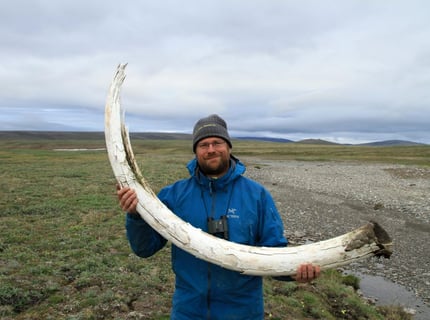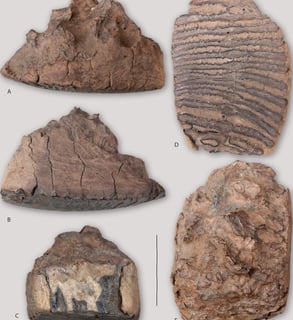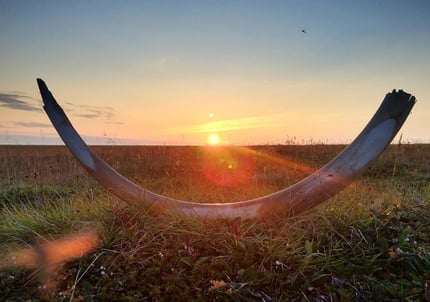1.3-Million-Year-Old Mammoth DNA Rewrites Evolutionary History
Anurag Maurya
4/29/20253 min read


A groundbreaking genomic study has pushed the limits of ancient DNA research, unveiling over a million years of mammoth evolution and revealing new insights into the history of these majestic Ice Age giants.
Published recently in Molecular Biology and Evolution, this study stands as a monumental achievement in the field of evolutionary biology. Researchers successfully extracted and analyzed 34 new mitochondrial genomes (mitogenomes) from mammoth specimens—11 of which date back over 100,000 years, an extraordinary feat considering the challenges of DNA preservation over such vast timescales.
A Million Years of Mammoth Evolution: What We’ve Learned
Most modern biodiversity evolved during the last 2.5 million years, a period marked by major climatic shifts and environmental changes. However, gaining direct genetic evidence from deep time has been difficult due to rapid DNA degradation. Until now, only a handful of ancient DNA samples have exceeded the 100,000-year threshold.
By recovering DNA from mammoth specimens spanning 1.3 million to 125,000 years ago, researchers have not only expanded the available genetic dataset but also demonstrated the critical role of temporal sampling in understanding species' evolutionary histories.
By analyzing these newly sequenced mitogenomes alongside over 200 previously published mammoth mitogenomes, the team uncovered fascinating patterns:
Diversification events across mammoth lineages appear to align with known demographic shifts during the Early and Middle Pleistocene.
The findings support a Siberian origin for major mammoth lineages.
Fluctuations in population sizes likely drove the expansion and contraction of distinct genetic clades over time.
Dr. Jessica A. Thomas Thorpe, co-first author from the Wellcome Sanger Genome Institute (UK), emphasized the importance of mitochondrial DNA, noting,
"With the ever-decreasing costs of sequencing technologies, mitogenomes have been somewhat forgotten. However, our study shows that they remain crucial for evolutionary biology since they are more abundant than nuclear DNA."
Key Discoveries at a Glance
Oldest Known North American Mammoth DNA: Researchers identified the oldest mammoth DNA ever recovered from North America— a specimen from the Old Crow River, Yukon Territory, dating to over 200,000 years ago.
Ancient Mammoths Were Different: Confirming earlier research (van der Valk et al., 2021), the study found that mammoths from a million years ago were genetically distinct from the later, more familiar woolly mammoths.
Refining Ancient DNA Techniques: This research advances methods for dating ancient specimens based on DNA, offering a more accurate framework for reconstructing evolutionary timelines.
Why This Matters
This study is a major leap forward in the world of ancient DNA research. It showcases the power of genetic data to rewrite our understanding of evolutionary history—especially for iconic Ice Age species like the mammoth.
Moreover, it highlights how changes in climate and environment influenced the survival, adaptation, and extinction of species over time—an understanding that becomes increasingly relevant in the face of today's rapidly changing climate.
The success of this study also opens new doors for recovering and analyzing DNA from even older or more poorly preserved specimens. With improved techniques and a broader genetic record, researchers can deepen our knowledge of not just mammoths, but countless other ancient creatures.




Love Dalén. Credit: Gleb Danilov
Woolly mammoth molar (Mammuthus primigenius) from the Old Crow River, Yukon Territory, Canada. Credit: Hans Wildschut
Mammoth tusk found in Siberia. Credit: Love Dalén
email: science@geoprimex.com
© 2024. All rights reserved.
Whatsapp: +919044995188
Contact Informaton
Important links
anuragmaurya80@gmail.com
